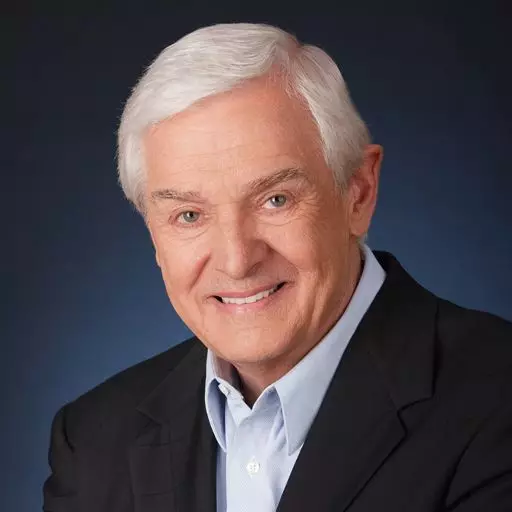Elementary students know that T makes the “tuh” sound—just as people have known for thousands of years. We call that sound “tee” (T) but the ancient Hebrews called it “taw” (t), the Greeks called it “tau” (T), and Romans called it T as well. Our English T borrows its shape from the Roman (Latin) alphabet that so heavily influenced Europe.
But the “tuh” sound wasn’t always represented so cleanly. In the beginning, alphabet letters were simple pictographs representing objects or ideas. For example, the first letter in the proto-Hebrew alphabet is aleph, originally the word for “ox.” So the letter for aleph was originally shaped like an ox head. The second letter, bet, was also the word for “house,” so the letter was shaped like a simple house. And the last letter—taw—was the word for “mark” and therefore had the shape of an X-shaped mark which gradually moved to an upright position like our modern plus sign: (+).
When Job said, “Here is my mark” (my “signature”), he was literally saying, “Here is my taw” (Job 31:35). And when God told Ezekiel to go through Jerusalem and put a “mark” on the foreheads of those who grieved over sin, Ezekiel put a taw on their foreheads (Ezekiel 9:4, 6). The graphic use of the Hebrew taw as a “sign” or “mark,” and the later Greek and Latin T as a shape suitable for crucifixion, burned the letter into the psyches of the Early Christian Church. The result is a two-thousand-year-old legacy making the cross, the “T,” the most ubiquitous symbol in Christendom in memory of the Savior who died on Golgotha’s cross in Jerusalem.
As an image, the cross (X or T) was in use long before the time of Christ. But following His crucifixion (crux is Latin for cross) the image of the cross was multiplied among cultures. Wherever the Gospel went, so went the sign of the cross. The cross appeared on staffs, was embroidered into garments, and was painted and sewn onto Crusader’s shields and robes. Middle Age Hospitalers, who looked after the sick, incorporated the cross much as the Red Cross does today. Francis of Assisi marked the back of his one tunic with a large “T” to signify his service to the poor for the sake of Christ and the cross. The T—the tau of the Greek alphabet and tee of the Latin alphabet—became for Francis what it later became for many families: part of a coat-of-arms or family crest. Then, as today, the cross was not always used in a pure, biblical sense—in memory of Christ who died a horrific death on a cross. But as a result of the passage of time, the Christian cross has to be the most universally recognized symbol in the modern world.
We do not want to be guilty, however, of allowing the Christian cross to become a cultural cross devoid of its message of salvation through Christ Jesus. If we are going to be followers of Christ, then we must be people who gladly bear the mark of the cross. We must become people of the “T”—those who have heard and embraced Christ’s words in Luke 14:27: “And whoever does not bear his cross and come after Me cannot be My disciple.” We want to be those who are “always carrying about in the body the dying of the Lord Jesus, that the life of Jesus also may be manifested in our body” (2 Corinthians 4:10).
The cross of Jesus is not a sentimental or sanguine symbol. It was a cruel instrument of death upon which an innocent carpenter from Galilee, Jesus of Nazareth, was brutally killed. And it was also the focal point of all human history—the crux of human history—at which point all of life finally makes sense.
At this season in which we remember the death and resurrection of Jesus, it does us well to look at “T” afresh—the cross—and all it represents in our life. The cross was a means of death but a source of life, a symbol of identification, love, and hope. No matter how you look at the cross, it is the crossroads where the best of heaven and the best of earth met in the person of Jesus Christ who laid down His life for us.
Dr. Jeremiah is the founder and host of Turning Point for God and senior pastor of
Shadow Mountain Community Church in El Cajon, California.
For more information on Turning Point, go to


